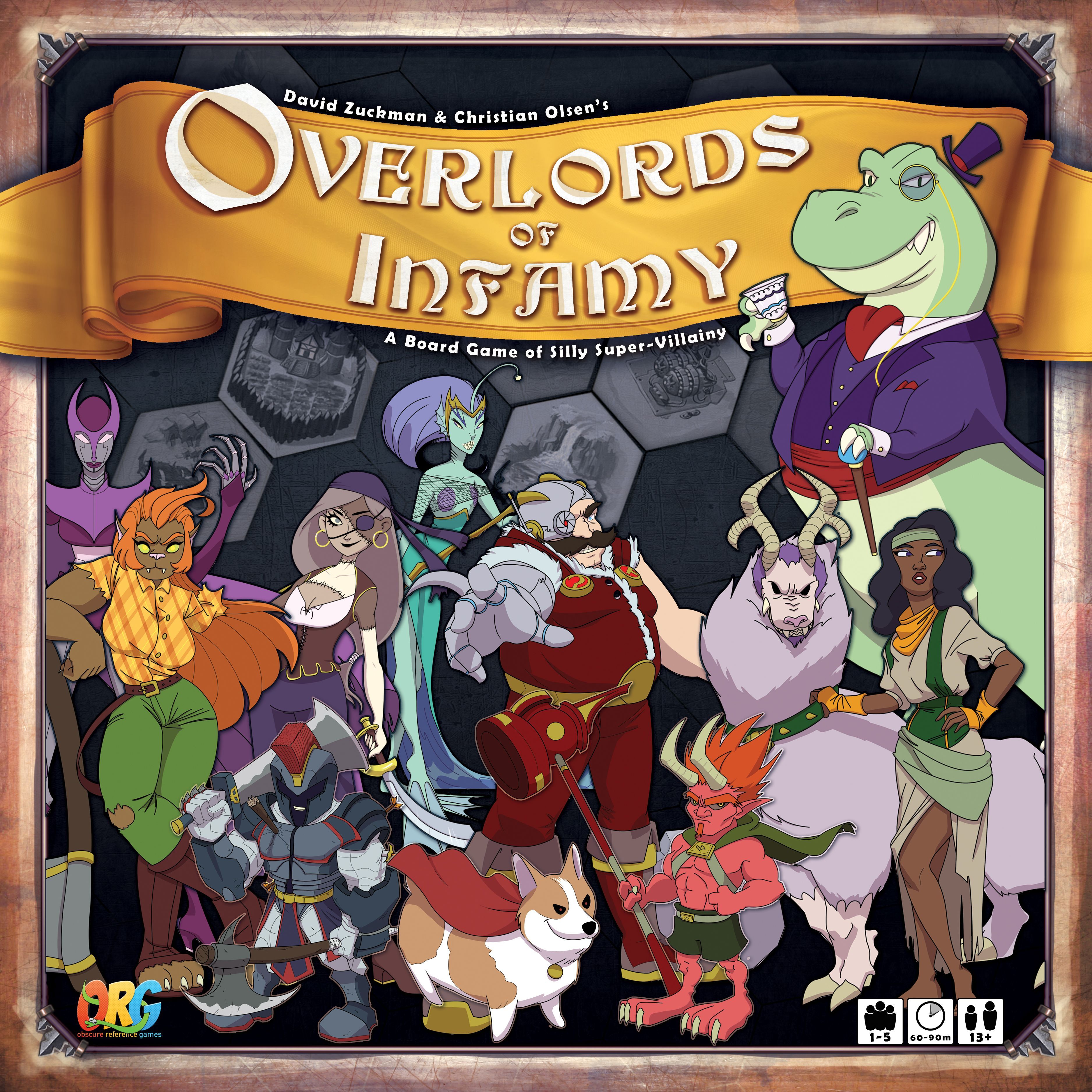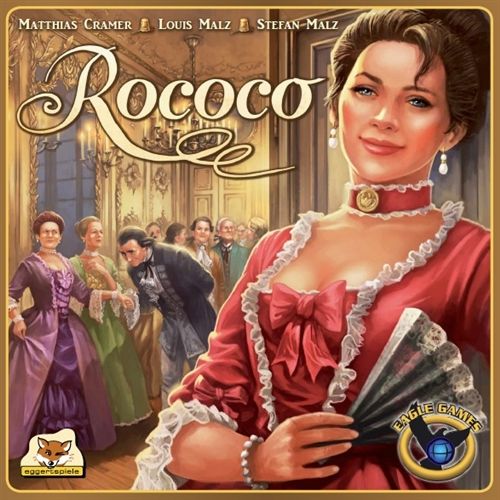
Marketing Ĭluedo was originally marketed as "The Great New Detective Game" upon its launch in 1949 in North America. The country house mystery was a popular subgenre of "cosy" English detective fiction in the 1920s and 1930s stories were set in a residence of the gentry isolated by circumstances such as a snowstorm with the suspects gathered for a weekend house party. We'd play a stupid game called Murder, where guests crept up on each other in corridors and the victim would shriek and fall on the floor". However, Pratt himself said his inspiration was a murder mystery parlour game he used to play with friends in which youngsters "would congregate in each other's homes for parties at weekends. The methodology used in the early versions of Cluedo is remarkably similar to a traditional, if little known, American card game, The King of Hearts Has Five Sons. There were other minor differences, all of which were later updated by the game's initial release and remain essentially unchanged in the standard Classic Detective Game editions of the game. Players also had to land on another player in order to make suggestions about that player's character through the use of special countertokens, and once exhausted, a player could no longer make suggestions. Notably, the remaining playing cards were distributed into the rooms to be retrieved, rather than dealt directly to the players. Some gameplay aspects were different as well. Some of these unused weapons and characters appeared later in spin-off versions of the game. In addition, there were nine weapons, including the unused bomb, syringe, shillelagh (walking stick/ cudgel), fireplace poker, and the later used axe and poison. Originally there were 11 rooms, including the eliminated gun room and cellar. The game allowed for play of up to eight remaining characters, providing for nine suspects in total. White and Colonel Mustard for the actual release. The characters of Nurse White and Colonel Yellow were renamed Mrs. In particular, Pratt's original design calls for 10 characters, one of whom was to be designated the victim by random drawing prior to the start of the game.

There were several differences between the original game concept and the one initially published in 1949.

It was simultaneously licensed to Parker Brothers in the United States for publication, where it was renamed Clue. Īlthough the patent was granted in 1947, postwar shortages postponed the game's official United Kingdom launch until 1949. In 1944, Pratt applied for a patent of his invention of a murder/mystery-themed game, originally named Murder! Shortly thereafter, Pratt and his wife, Elva Pratt (1913–1990), who had helped design the game, presented it to Waddingtons' executive Norman Watson, who immediately purchased it and provided its trademark name of Cluedo (a play on "clue" and Ludo, ludo being Latin for "I play"). Pratt, an English musician and factory worker, recalled the murder mystery games played by some of his clients at private music gigs as well as the detective fiction popular at the time, most notably Agatha Christie. Holed up in his home in Birmingham, England during air raids on the city during World War II, Anthony E. Cluedo: The Classic Mystery Game was then introduced in 2012, returning to Pratt's classic formula but also adding several variations. In 2008, Cluedo: Discover the Secrets was created (with changes to board, gameplay and characters) as a modern spin-off, but was criticised in the media and by fans of the original game. The original game is marketed as the "Classic Detective Game", and the various spinoffs are all distinguished by different slogans. Several spinoffs have been released featuring various extra characters, weapons and rooms, or different game play. Numerous games, books, a film, television series, and a musical have been released as part of the Cluedo franchise. Each player assumes the role of one of the six suspects and attempts to deduce the correct answer by strategically moving around a game board representing the rooms of a mansion and collecting clues about the circumstances of the murder from the other players. The object of the game is to determine who murdered the game's victim, where the crime took place, and which weapon was used. Since then, it has been relaunched and updated several times, and it is currently owned and published by the American game and toy company Hasbro.
:strip_icc()/pic4265881.jpg)
The game was first manufactured by Waddingtons in the United Kingdom in 1949. Cluedo ( / ˈ k l uː d oʊ/), known as Clue in North America, is a murder mystery game for three to six players (depending on editions) that was devised in 1943 by British board game designer Anthony E.


 0 kommentar(er)
0 kommentar(er)
